DC Contactor structure and working principle
DC contactors consist of three parts:
An electromagnetic system, a contact system and an arc extinguishing system

Arc extinguishing System
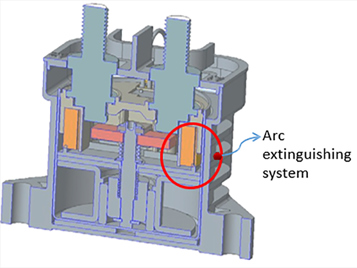 Consists of permanent magnets and inert gases.
Consists of permanent magnets and inert gases.
The arc generated between the moving contacts, as the DC contactor is disconnected, is a high-temperature ion current, formed by gas ionization. Using the principle of Fleming’s Left-hand Rule, the charged particles are deflected in the magnetic field. The magnetic field formed by the permanent magnet is "pulled" to achieve the effect of permanent magnet arc extinguishing (Arc “Blow-out”).
Although other gases can be used, the DEVR series uses Nitrogen (N) in the arc chamber. Since there are three strong bonding orbitals in the N molecule, the bond energy is particularly large: (942kJ/mol). It’s a highly symmetrical non-polar molecule, which therefore has great stability and is not easily ionized when the DC contactor is disconnected, thereby effectively suppressing the generation of an electric arc between the contacts as they open.
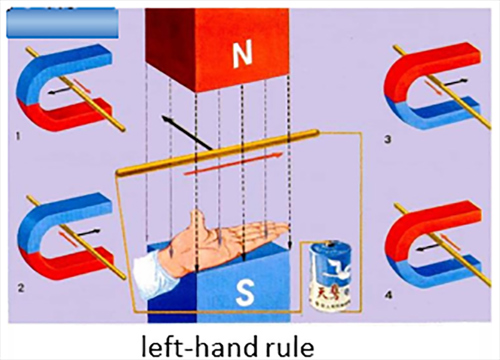
Magnets effect depending on direction of current flow
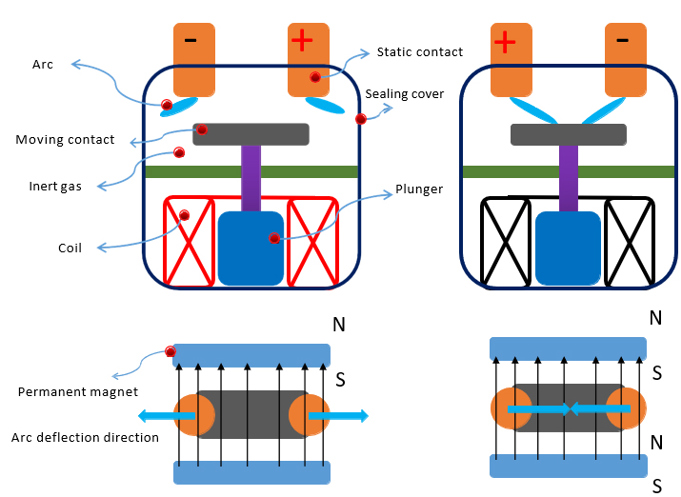
In the left drawing, you can see how the arcs are pushed away from the moving contacts.
But if we are breaking a current flowing in the opposite direction (right drawing), then the magnet effect is in the opposite direction. This means we are not gaining any arc length.
This is the reason why in polarised contactors, current breaking capacity is optimized for one current flow direction only.
If we intend to use it for breaking current flow in the reverse direction, its breaking capacity is reduced around 30 - 50% as general rule.
Non Polarised DC Contactors
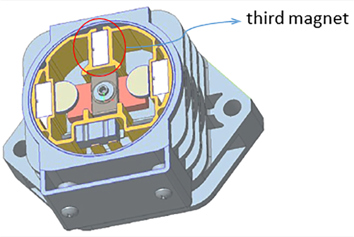
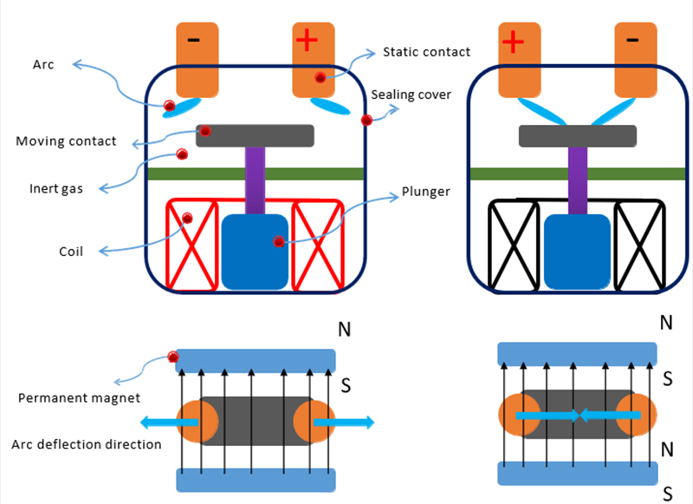
Non polarised contactors use a third magnet to move the arc away. This is why non polarised contactors are a little more expensive.
Also its breaking capacity is a bit lower than polarised contactors, because the arc is pushed away – but not in the optimal direction.
DURAKOOL DEVRs use a third magnet!
Non polarised contactor using an insulator between contacts:
Non-polarised DC contactor, using an insulating column to block the arc.
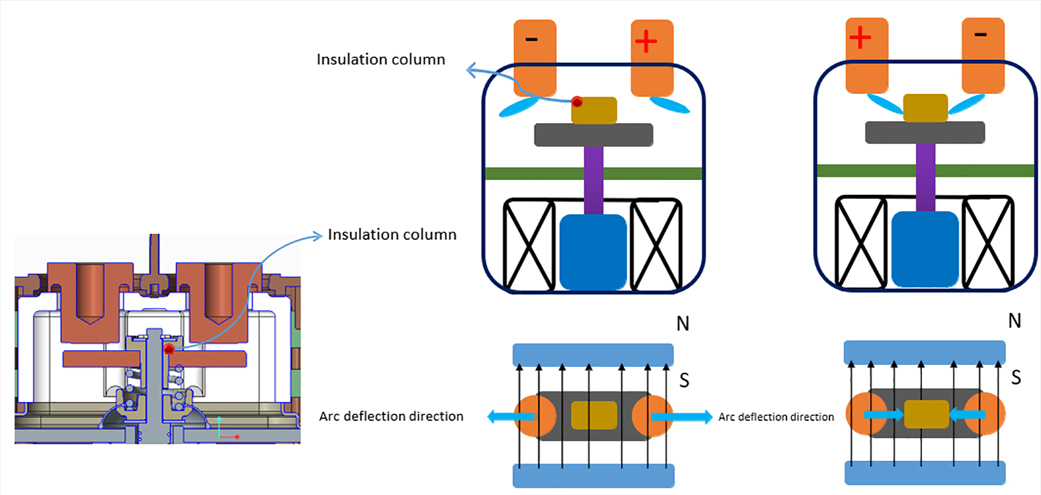
Download pdf







